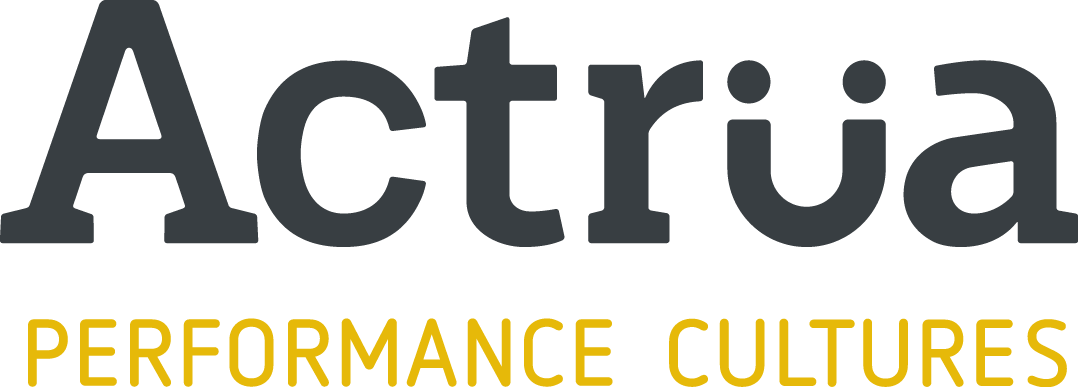“Although the invention of the Post-It note might have been somewhat accidental, the creation of the 3M environment that allowed it was anything but an accident.”
– Jim Collins and James Porras, Built to Last
Everyone has heard the story about 3M and Post-It notes. You know, how they came about as a result of a mistake. Good luck perhaps? No, the reality is that 3M has built a culture of innovation that continues today.
Built to Last, Successful Habits of Visionary Companies by Jim Collins and Jerry Porras is a book that many of us may have in our book shelves, but probably haven’t looked at in a long time. Though as it was first published in 1994, over 20 years ago, there are also plenty of us in business today that may have missed it.
As part of a recent strategic review activity, my research led me to Built to Last. Now I admit, I actually cannot recall reading Built to Last. Though I certainly read Jim Collins second book, Good to Great, when it was released and loved it. So initially I did a quick scan of Built to Last, but it quickly drew me in and very soon I was immersed in it. Some books contain fundamental and timeless principles that simply don’t date and I believe Built to Last is one of these.
I thought there would be value in sharing three of the key insights I took away from this excellent book. These insights relate to values and culture, innovation and leadership.
Cult-Like Cultures
“Ejected like a virus”. Sounds a bit harsh really. However the research demonstrated that the visionary companies were not necessarily great places to work – at least not for everyone. Some people just won’t fit in.
Great companies take the time to understand, communicate and live their culture and values. An important point is that visionary does not mean “soft and undisciplined”. However often when we talk about culture and values people think we are talking about the warm and fuzzy stuff. Not at all. Culture is a great source of competitive advantage and in a people business, this could possibly be your only differentiator.
The opportunity is to represent our culture and values in all that we do. Do we truly use it through the recruitment and selection process? Is it more than a few slides in our employee induction? Do we celebrate and recognise the champions of our culture and values?
Try a lot of Stuff and Keep what Works
We hear a lot about the need for innovation today. How we need to keep up with or ahead of the pace of change. But how many companies are really inculcating a culture of innovation? The book provides a lot of examples of companies that took unplanned opportunities when presented. The opportunities were not necessarily part of a grand strategic plan prepared by senior executives with some foresight into the future. What made the difference was that the business and leaders were prepared to grab the opportunity. This requires leadership, capability and ultimately a culture that encourages innovation.
Guess what, if you truly want to be innovative, then we must acknowledge that some things are not going to work. We will make the occasional mistake and their needs to be a tolerance for that. But when we do recognise it is not working, we should be decisive and act on it.
The importance of the right performance measurement cannot be understated. Performance measurement will drive behaviours. Which behaviours you drive will depend on what you measure. 3M provides a great example of this. The 25% rule, whereby each division is expected to generate 25 percent of annual sales from new products and services introduced in the previous five years. This measure provides a lever that can be changed, dependent upon the business context. This is a superb example of a performance measure that is consistent with and reinforces the business strategy and culture.
The authors encourage us to think about corporations as evolving species, adapting to their environment. The metaphor they use is that of a tree:
“We like to describe the evolutionary process as “branching and pruning”. The idea is simple: If you add enough branches to a tree (variation) and intelligently prune the deadwood (selection), then you’ll likely evolve into a collection of healthy branches well positioned to prosper in an ever-changing environment.”
What a great metaphor and I believe it is just as relevant today, as when it was written 20 years ago.
Home-Grown Management
The third insight I will share relates to leadership, and more specifically leadership succession. How often have we seen imported leadership talent not deliver success for a business and why is that? I would propose that it often happens because the new leader does not appreciate the power of culture and values. Harness the culture and values and you can work miracles. Work against it and it can take you down.
Beyond culture and values, there is a wealth of experience, knowledge and relationships that are built during a person’s time working in a company. Often the value of this is not appreciated. Today we see a far more transient workforce, than we have ever experienced in the past. This has occurred due to a myriad of factors, however it does have implication for business leadership and succession decisions.
The research undertaken for Built to Last found that of 1700 years of combined history in visionary companies, only four individual cases of an outsider coming directly into the role of Chief Executive. The authors conclude that it is not about the quality of leadership that separates the best companies, but the continuity of leadership that matters the most.
“From now on, [choosing my successor] is the most important decision I’ll make. It occupies a considerable amount of thought almost every day.”
Jack Welch, CEO, General Electric, Speaking about succession planning in 1991 – nine years before his anticipated retirement.
I have shared just three insights that resonated for me. The principles of culture, values, innovation and leadership are fundamental to business success and I cannot imagine that ever changing. If you want to read more about Built to Last or work from Jim Collins you can check out – http://www.jimcollins.com/books.html






